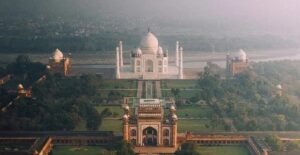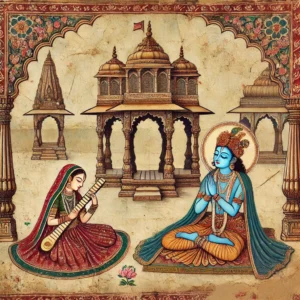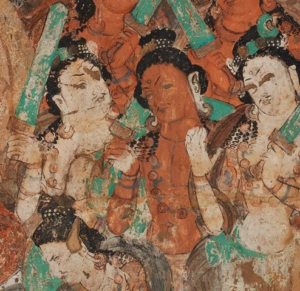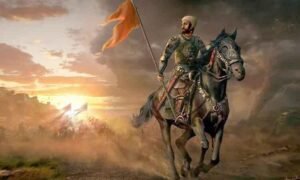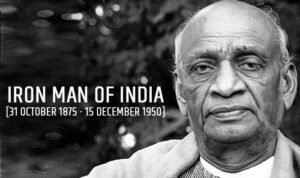The Different Names of India: A Journey Through History
India is not just a country; it is a civilisation that has carried multiple identities across time, languages, and worldviews. Its various names reflect the land’s geographical features, philosophical traditions, cultural influence, and encounters with external powers. Below is a detailed look at the origins, meanings, and significance of the major names by which India has been known.

1. Bhārata (भारत)
- Origin: The name Bhārata is rooted in ancient Indian tradition. It is derived from King Bharata, the legendary son of Dushyanta and Shakuntala, as described in the Mahabharata. His rule extended over a vast territory that roughly corresponds to present-day India.
- Scriptural Reference: The Vishnu Purana states: “Uttaram yat samudrasya himadreschaiva dakshinam, varsham tad Bharatam nama Bharati yatra santatih”
(“The country that lies north of the ocean and south of the Himalayas is called Bhārata, and there dwell the descendants of Bharata.”) - Meaning and Significance: Beyond the king’s name, Bharata signifies “to be maintained or cherished,” connecting it to Sanskrit roots implying sustenance and continuity. In modern times, Article 1 of the Indian Constitution declares, “India, that is Bharat…”, formalising its indigenous identity alongside its global name.
2. India
- Origin: The name India comes from the River Indus. Ancient Persians pronounced the Sanskrit Sindhu (Indus) as Hindu due to linguistic shifts (the ‘S’ to ‘H’ change), and Greeks later rendered it as Indos or Indoi referring to the people east of the river.
- Historical Usage: Greek historians like Herodotus (5th century BCE) used Indos, while the name India became widespread during European colonial expansion from the 15th century onwards. Under British rule, ‘India’ was standardised as the official international name.
- Meaning and Significance: The name India is thus geographically rooted, signifying the land of the Indus, and over centuries, it became the nation’s global diplomatic and political identity.
3. Hindustan (हिन्दुस्तान)
- Origin: The Persian term Hindustan combines Hindu (from Sindhu) and -stan (land or place). Initially, it referred to regions around the Indus Valley, but by medieval times, Persian and Turkic rulers used it for the entire Indo-Gangetic plains.
- Historical Usage: During the Delhi Sultanate and Mughal Empire, Hindustan denoted both the land and its cultural sphere, particularly North India. In colonial times, it became synonymous with the whole subcontinent in Persian, Urdu, and later Hindi literature.
- Meaning and Significance: Today, Hindustan carries a cultural and historical flavour, often used in patriotic contexts (e.g. Jai Hindustan), though it is not an official name.
4. Jambudvīpa (जम्बुद्वीप)
- Origin: In ancient Indian cosmology, Jambudvīpa refers to one of the continents in the universe. Derived from Jambu (Indian blackberry tree) and Dvīpa (island or continent), it denotes the land where the Jambu tree grows abundantly.
- Scriptural Reference: Texts like the Puranas and Buddhist scriptures use Jambudvīpa to describe the earthly realm where human beings reside. For Indians, it specifically meant their subcontinent within this cosmic geography.
- Meaning and Significance: While not in modern political use, Jambudvīpa reminds us of India’s deep integration of geography with spiritual cosmology.
5. Aryavarta (आर्यावर्त)
- Origin: Literally “Abode of the Aryas (noble people).” In Vedic times, Aryavarta referred to the region between the Himalayas and the Vindhyas, particularly the fertile Indo-Gangetic plains where Vedic culture flourished.
- Scriptural Reference: Manusmriti and Dharmashastras define Aryavarta both geographically and culturally, implying a region where Vedic Dharma was established.
- Meaning and Significance: Though archaic today, it symbolised the sacred land of knowledge, ritual, and early civilisation in Indian consciousness.
6. Hind
- Origin: Hind is an Arabic and Persian adaptation of Sindhu, used widely after Islamic conquests. Medieval Arab geographers called the entire subcontinent Al-Hind.
- Historical Usage: From trade records to poetic works, Hind became the common term for India in West Asian writings, reflecting India’s reputation as a wealthy, fertile, and culturally rich land.
7. Tenjiku (天竺)
- Origin: Tenjiku is the Japanese pronunciation of the Chinese Tianzhu, which itself derives from the Persian Hind. Chinese Buddhist monks like Xuanzang and Faxian referred to India as Tianzhu during their pilgrimages to Nalanda and other Buddhist sites.
- Meaning and Significance: Tenjiku symbolised India as the sacred birthplace of Buddhism. Japanese texts mention it with deep reverence, viewing it as the origin of the Dharma.
8. Tianzhu (天竺)
- Origin: The Chinese name Tianzhu (pronounced Tenjiku in Japanese) comes from the Sanskrit Sindhu, passing through Persian Hind. It appears in ancient Chinese texts from the Han dynasty (2nd century BCE onwards).
- Meaning and Significance: Tianzhu became synonymous with India as a holy land of Buddhist learning and philosophy. It was often used to describe India’s spiritual aura rather than its geographical boundaries.
9. Yintejia (印特伽)
- Origin: Another Chinese transliteration of India, found in Buddhist texts. Yintejia directly attempts to approximate the Sanskrit Indika or India phonetically into Chinese.
10. Hodu (הֹדּוּ)
- Origin: In the Hebrew Bible, Hodu refers to India. The Book of Esther (1:1) mentions King Xerxes ruling from Hodu to Cush, meaning from India to Ethiopia.
- Meaning and Significance: This demonstrates ancient Israelite awareness of India as a distinct land far east, renowned for spices, ivory, and wealth.
11. Indika (Ινδική)
- Origin: Greek historians like Megasthenes, who served at the Mauryan court, wrote the Indika, a detailed ethnographic account of India around 300 BCE. The term Indika simply meant “things relating to India.”
12. Al-Hind (الهند)
- Origin: In Arabic, Al-Hind refers to India. Early Islamic texts from the 7th-8th centuries CE, such as travel accounts and treatises on geography, extensively use this name.
- Meaning and Significance: Al-Hind included not just modern India but often the entire subcontinent in medieval Islamic cartography and scholarship.
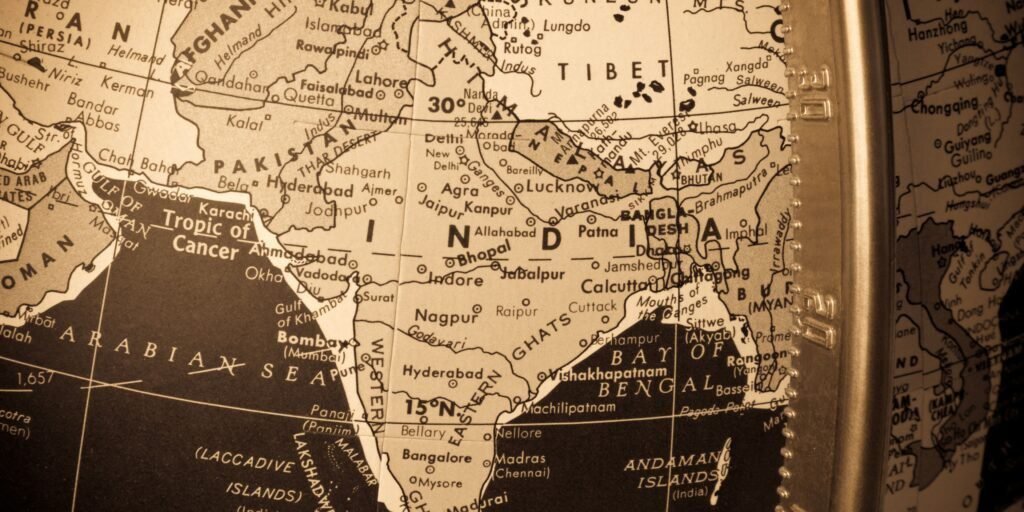
Historical Usage and Context:
India’s names are not just linguistic labels; they are windows into its civilisational ethos, cultural geography, and philosophical identity. Bhārata connects it to indigenous lineage, India to its global diplomatic existence, Hindustan to its medieval Indo-Persian culture, Aryavarta to its Vedic roots, Jambudvīpa to its cosmic worldview, while names like Hodu, Tianzhu, Tenjiku, Indika, and Al-Hind reveal how ancient civilisations across Asia, the Middle East, and Europe perceived this land of wealth, wisdom, and deep-rooted spirituality.ages.
- Classical Literature: References to “India” can be found in ancient Greek and Roman texts. For instance, the famous Greek historian Herodotus, often regarded as the “Father of History,” mentioned “Indoi” in his writings. These references provide early glimpses into India’s interaction with the wider world.
- Colonial Era: During the colonial period, India was often referred to as “British India” or the “Indian subcontinent” to distinguish it from other regions. The British colonial rulers, who exercised control over the subcontinent, formally referred to the territory as “India.” This period marked a significant chapter in India’s history, marked by both oppression and eventual struggle for independence.
- Independence and Republic: The modern usage of the name “India” as the official title of the country dates back to its independence from British rule on August 15, 1947. On this historic day, the nation adopted the name “India” as its official identity. Subsequently, on January 26, 1950, the Constitution of India came into effect, officially recognizing and solidifying this name.
- Contemporary Usage: Today, “India” stands as the internationally recognized name for the country. It is employed in diplomatic relations, on maps, within international organizations, and in official documents. Beyond the realm of bureaucracy, “India” has become synonymous with the nation’s identity in popular culture and global discourse. It represents a nation of resilience, diversity, and profound cultural heritage.

